Calculator Project

Contributors: Dominic Benintendi (Parser/Lexer, System Architecture) Devin Macy (Input Handling, LCD/Keypad Logic) Colin Russell (Documentation, UI Design) AL-Husain Bani Oraba (Schematics, Requirements)
GitHub Repository: devin-macy/senior-design-calculator
Introduction
This project involved designing and implementing a fully functional four-function calculator using an Arduino Nano. The goal was to build a robust, extensible, and user-friendly device that mimicked the behavior of standard calculators while operating within microcontroller constraints. Key features included expression parsing, syntax validation, floating-point arithmetic, and input history navigation.
Background and Objectives
Created as part of the EE4953 course in Fall 2022, this calculator extended beyond basic arithmetic to include exponentiation, parentheses, and floating-point support. The system was designed to be object-oriented, modular, and error-resilient, with a custom-built recursive descent parser and real-time LCD output.

Methods
Hardware Design
The device was constructed with the following components:
- Microcontroller: Arduino Nano
- Display: 1602 LCD module using I2C interface
- Input: 4x4 membrane keypad with two external shift buttons
- Power: 5V via USB Mini-B
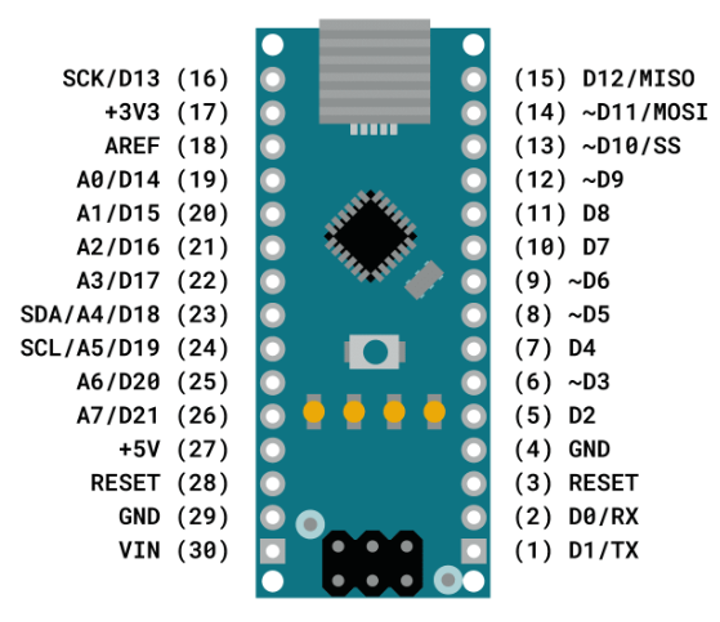
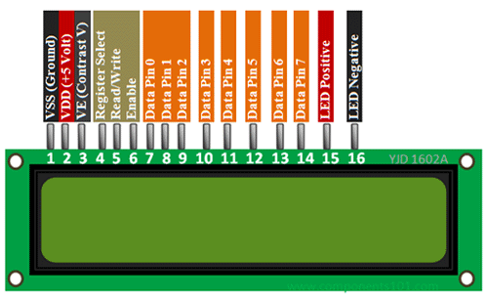
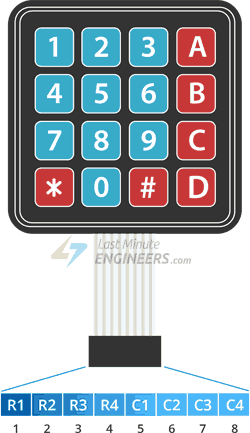
Input Modes and Key Mapping
Due to the limited key count, shift-based modes were implemented:
- Default Mode:
A–Dmap to+ – × ÷, with=andClearmapped to dedicated keys - Left Shift Mode: Arrow keys, Insert, Delete
- Right Shift Mode: Parentheses, decimal, exponentiation, Clear All



Software Architecture
The software stack was divided into modular components:
- CalcLexer: Tokenizes user input into meaningful elements
- CalcParser: Recursively evaluates expressions with proper precedence
- LcdController: Formats and displays expressions and results
- KeypadController: Handles raw input, shift state, and cursor navigation
This modular approach ensures scalability and maintainability.
Results
System Capabilities
- Full arithmetic expression evaluation with support for:
- Parentheses
- Exponents
- Floating-point numbers
- Real-time syntax validation
- Scrollable input editing
- History-based navigation for recent expressions
- Dual-clear modes (single line and full reset)
Evaluation Environment
- Operates in environments between –40°F and 185°F
- Optimal humidity range: 40% ± 30%
- No chassis—device is sensitive to physical impact or moisture
- Requires 5V USB power only
Expression Parsing and Evaluation
To support complex expressions, the system implements a custom lexer and recursive descent parser.
Tokenization
The lexer converts raw input into structured tokens:
- Token Types:
NUM,ADD,SUB,MUL,DIV,POW,L_PAR,R_PAR,END
Example Input: "5 / (6 + 2)"
Tokenized: NUM DIV L_PAR NUM ADD NUM R_PAR
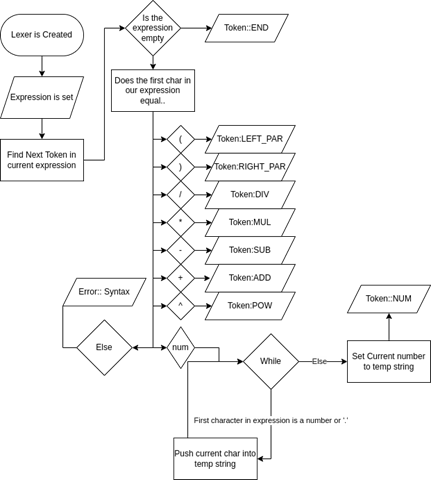
Recursive Descent Parser
The parser respects order of operations and grouping using the following grammar:
Operand → NUM
EXP → Operand | L\_PAR ADD\_SUB\_EXP R\_PAR | SUB ADD\_SUB\_EXP
POW\_EXP → EXP POW EXP | EXP
MUL\_DIV\_EXP → POW\_EXP (MUL | DIV) POW\_EXP | POW\_EXP
ADD\_SUB\_EXP → MUL\_DIV\_EXP (ADD | SUB) MUL\_DIV\_EXP | MUL\_DIV\_EXP
This design supports:
- Operator precedence (
^>× ÷>+ –) - Left- and right-associative rules
- Unary negation (e.g.,
-5,2 + -6) - Floating-point precision
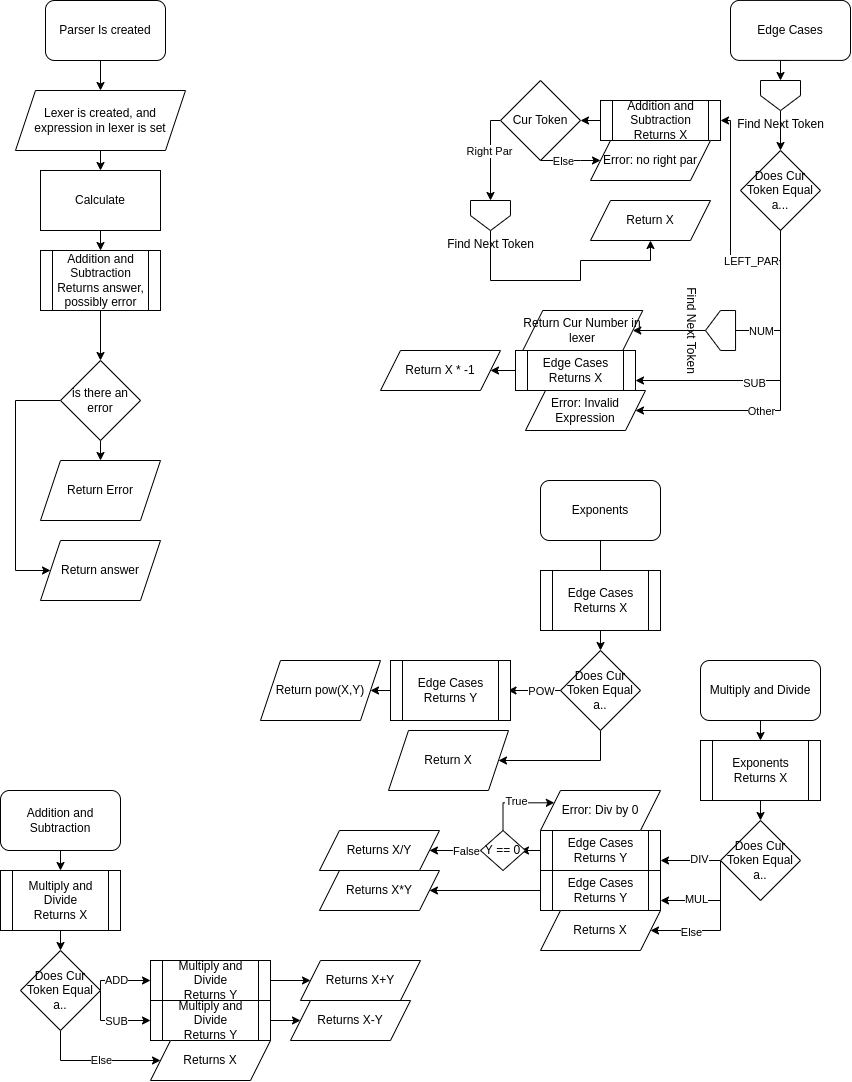
Error Handling
Robust validation was built in to detect:
- Syntax Errors:
ERR:SYNTAX - Division by Zero:
ERR:DIV BY 0 - Floating Point Errors:
ERR:DECM SYNTAX - Unmatched Parentheses:
ERR:NO R_PAR
Sample Evaluations
Input: 5 + 3 \* 5 → Output: 20

Input: (5 + 3) \* 5 → Output: 40

Input: 5 \* ((4 - 5)/0.5) → Output: -10

Conclusion
This project demonstrates the practical implementation of advanced parsing logic and real-time arithmetic evaluation on embedded hardware. With limited input hardware and display space, the system still supports complex expressions and interactive editing. The modular architecture and extensible design open pathways for additional features such as scientific functions, graphical output, or external model loading in future iterations.
References
- stb_image – Image parsing (used in related projects)
- TinkerCAD – Schematic design
- Arduino Nano – Microcontroller documentation